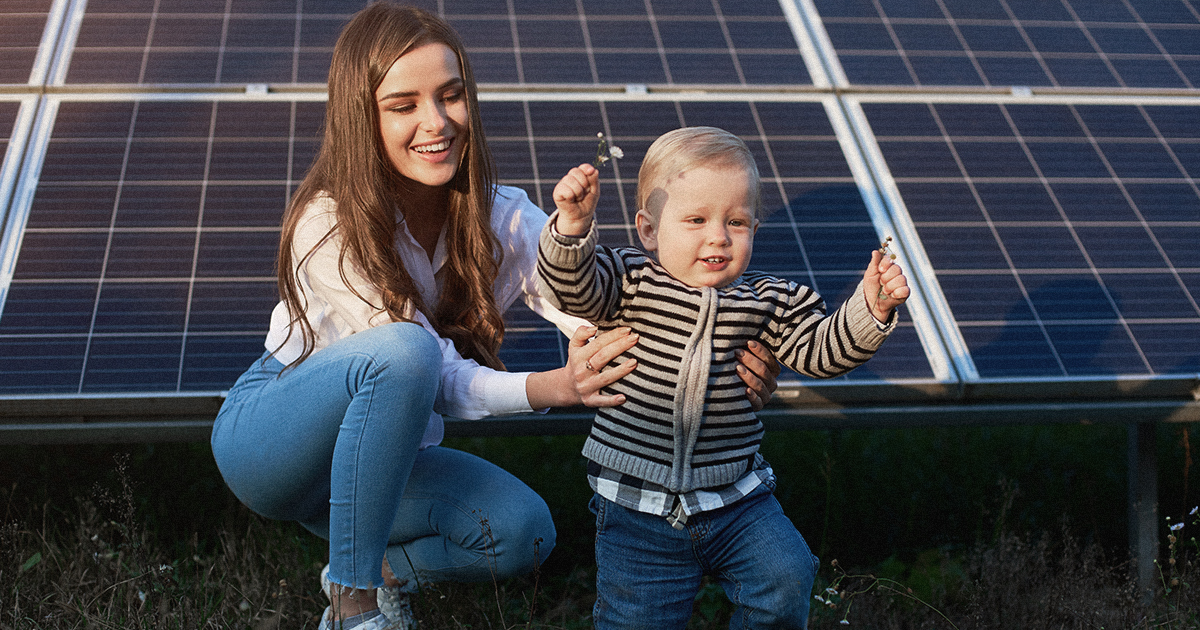The Benefits of “Green Building” and Where to Begin
2 minute read
What is Green Building? Put simply, Green Building is a construction method that efficiently uses sustainable resources to create healthy, energy-smart homes and commercial buildings.
Oftentimes, there are tax incentives associated with Green Building. And while installation costs are higher than standard builds, you can save money on energy consumption over time.
One example is the Bullitt Center in Seattle, which claims to be, “The Greenest Commercial Building In The World.”
What features make it so eco-friendly?
Here’s a shortlist:
- Solar Panels: 575 solar panels generate more energy than the building needs each year
- Rainwater Harvesting: Built-in purifiers clean rainwater for safe consumption
- “Irresistible Stairs:” Building design encourages physical activity with a centrally located and attractive staircase, plus hidden elevators
- Regenerative Elevator: A regenerative mechanism captures energy as the elevator slows down into electricity, which can be used elsewhere in the building
- Efficient Windows: Shades and operable windows increase thermal control, ventilation, and sun-blocking
- Radiant Heating: Spaces are heated with warm water circulated in tubes embedded in concrete floor plates
While you may not be installing a power-saving elevator in your home any time soon, this building gives several examples of changes you could consider to make your home more energy-efficient.
Any building–a home, a school, an office, a hospital–can be a green building when it includes any or all of the following features:
- Renewable energy sources, such as solar energy
- Efficient use of resources, primarily energy, and water
- Non-toxic building materials that are ethically and sustainably sourced
- Measures to reduce pollution and waste through reuse and recycling
- Healthy indoor environmental air quality
- Environmental consideration in all aspects of design, construction, and operation
- A design that can adapt to a changing environment
Green Building and Indoor Air Quality
If you’re ready to do some green home improvement, Indoor Air Quality is a great place to start.
On average, we spend about 90% of our time indoors, and most of that time is spent in our homes. The problem is that the air indoors can be up to five times more polluted than the air outdoors due to the amount of potentially hazardous substances that get trapped inside.
Whether you’re building, renovating, or maintaining your home, AprilAire can help you reduce Indoor Air Quality problems with the AprilAire Healthy Air System®, made up of three award-winning components:
Fresh Air Ventilation – Think of your AprilAire fresh air ventilation system as your home’s own set of lungs. It inhales fresh, outdoor air, and exhales stagnant, polluted indoor air. This helps dilute and remove contaminants so you can breathe easy at home.
Air Filtration – An AprilAire whole-home air purification system—paired with the right air filters, of course—captures 99%* of airborne viruses while reducing other even smaller contaminants from lingering in your home.
Humidity Control – It’s important to keep your home’s humidity between 40% and 60%. Depending on which you’re looking to combat—dry or damp air—AprilAire whole-home humidification as well as whole-home dehumidification can help you maintain a Healthy Home.
*Contaminants removed based on air passing through the filtering system.
